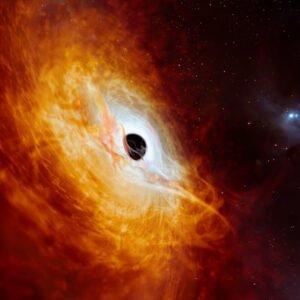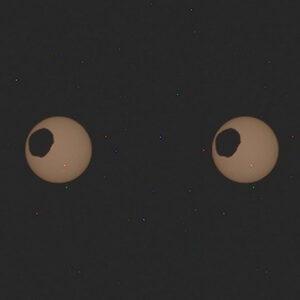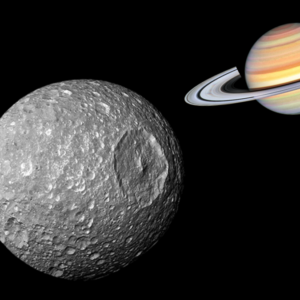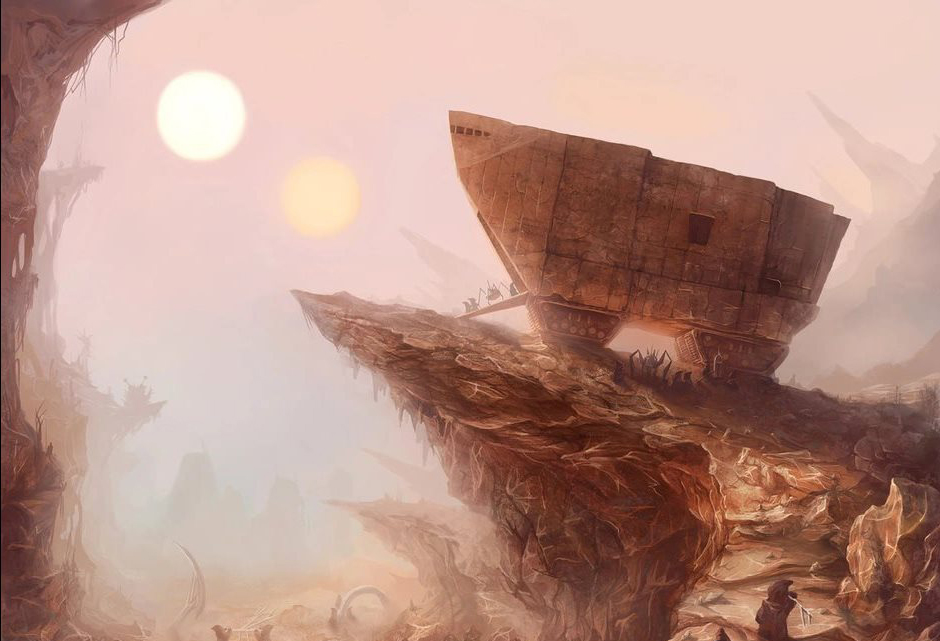
A new solar system has recently been identified, featuring planets in orbit around two suns reminiscent of the iconic setting of Luke Skywalker’s desert home world in the Star Wars saga.
This discovery marks the fifth instance of a multi-star system being found, with the particular distinction of being the third one showcasing a dual-star configuration.
When Star Wars made its debut in 1977, Tatooine, the arid planetary abode of Luke and Anakin Skywalker, captivated audiences with its depiction of a sandy realm basking under the glow of twin suns. Then three decades later, the realization dawned on people that such extraordinary systems actually do exist. The revelation came with the unveiling of Kepler 16, a binary star system encompassing a gas giant planet in its orbital embrace.
Astronomers from the University of Birmingham have now unveiled another binary star system named BEBOP-1, christened after the funding project that propelled its discovery: “Binaries Escorted By Orbiting Planets,” or BEBOP.
Three years before, researchers Dr. Matthew Standing and Dr. Lalitha Sairam from the University of Birmingham identified a planet named TOI-1338b encircling these twin suns, previously detected by NASA’s TESS (Transiting Exoplanet Space Surveyor) space telescope through transit method.
The transmit method entails the identification of planets as they periodically cross in front of their host star, causing a discernible dip in its luminosity. Since the first two exoplanets were discovered in 1992, over 5,000 such celestial bodies have been unearthed, predominantly through this approach. Although the planet’s size was effectively determined, its mass remained elusive. The determination of mass carries substantial significance in the study of exoplanets, as it imparts insights into their compositional nature, differentiating between rocky and gaseous worlds.
Endeavoring to ascertain the mass of TOI-1338b, the research team deployed cutting-edge instruments across two telescopes stationed in Chile’s Atacama Desert. Despite diligent efforts over several years, the intended goal remained elusive. However, the pursuit bore unexpected fruit in the form of a second planet, BEBOP-1c, for which the team successfully gauged the mass.
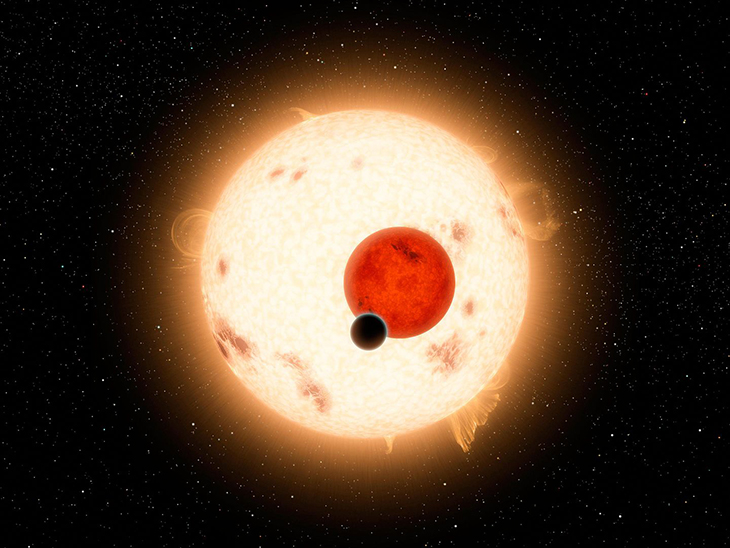
Dr. Standing, lead author of the paper documenting its discovery said, “BEBOP-1c has an orbital period of 215 days, and a mass 65 times larger than Earth, which is about five times less than Jupiter’s mass,” This likely indicates it is a gas giant.
Presently, the BEBOP-1 system boasts knowledge of two planets, categorized as ‘circumbinary planets.’ The potential for additional discoveries looms on the horizon through repeated observations, according to the research group.
These circumbinary planets, though rare, furnish pivotal insights into the intricacies of planetary formation, significantly advancing the comprehension of these celestial processes.
Star systems within the Cygnus constellation containing two stars captured the attention of Star Wars enthusiasts following their discovery by the Kepler Space Telescope. Kepler 16b, akin to a gas giant, swiftly acquired the moniker “the Real Tattoine.” Similarly, Kepler 35 harbors a gas giant and conceivably contains two rocky worlds within its habitable zone, where conditions align to sustain temperate radiation and temperature levels.
Furthermore, in 2016, astronomers unearthed a tri-star system using an innovative instrument at the European Southern Observatory’s Very Large Telescope. One of its denizens, a planet named HD 131399A9b), stands out as an extraordinary find. With a size eight times that of Jupiter, the largest planet in our solar system, HD 131399A(b) orbits under the gravitational influence of all three stars in the system.
“I like to start thinking about it from when the planet is opposite all three stars,” Kevin Wagner, an astronomer at the University of Arizona who helped the discovery, told Gizmodo at the time.
“When they aren’t eclipsing, you’d see three suns in the sky. As the planet progresses in its orbit, the stars will start to grow apart, to the point where the setting of one coincides with the rising of another.”
The Gizmodo author explains that this unique dance of celestial bodies entrails a staggering 550 Earth years for a single orbital revolution, resulting in two distinct seasons – one characterized by thrice-daily sunrises and sunsets, and another characterized by perpetual daylight as one rising star takes the place of a setting counterpart.
However, inhabiting this world remains a distinct dream, as its immense distance from its star(s), comparable to Pluto’s remoteness from the Sun, and its gaseous composition render it inhospitable to life.
What are your thoughts? Please comment below and share this news!
True Activist / Report a typo
